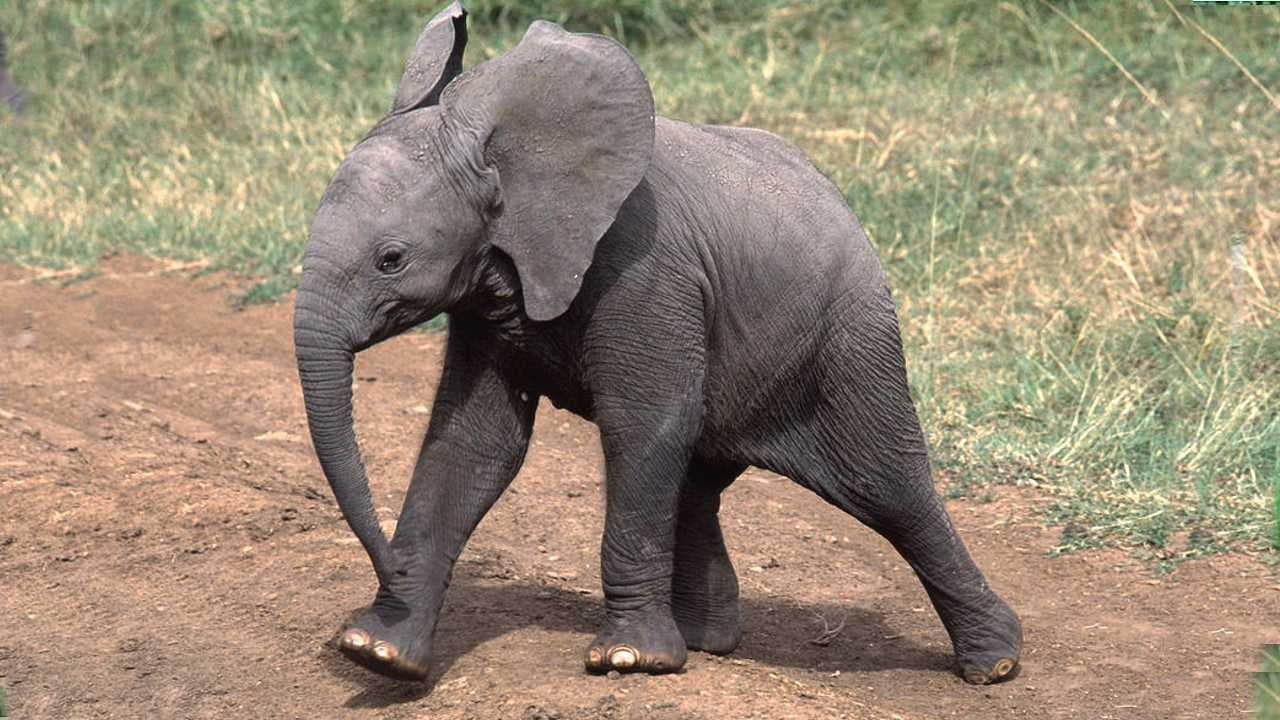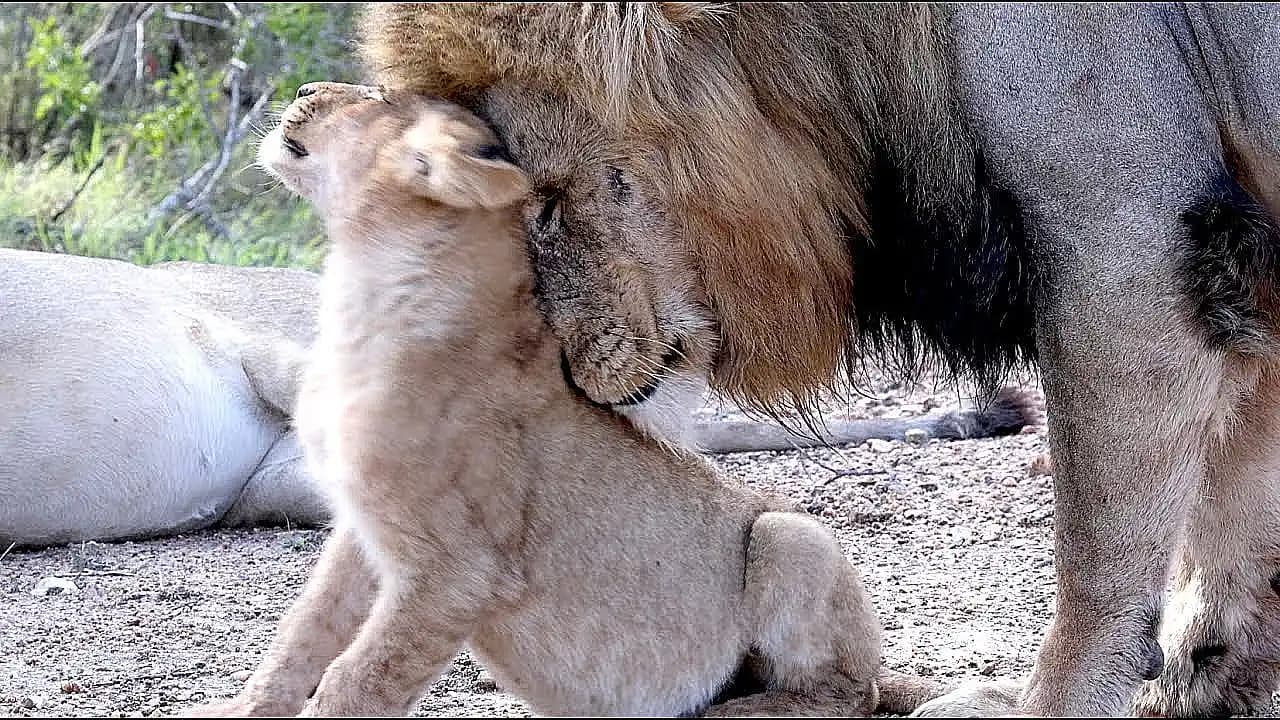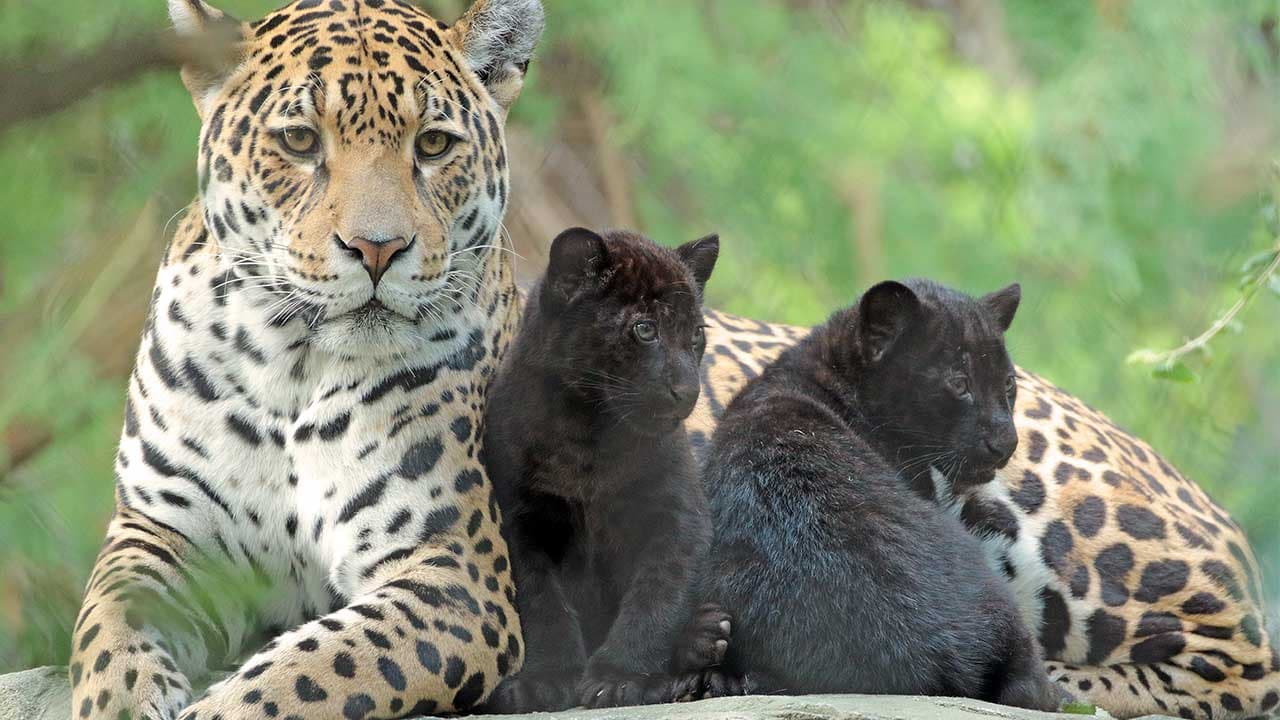The Northern Parula (Setophaga americana) is a small, vibrant songbird, measuring only 11 cm in length. Despite its modest size, this bird stands out with its striking appearance. The male Northern Parula boasts a primarily gray-blue upper body, complemented by a distinctive greenish back patch and two bright white wing bars. The chest of the male is a soft, golden yellow, which gradually fades into white towards the belly. This colorful plumage, combined with a bluish to chestnut-colored band across the chest, makes the male one of the most eye-catching birds in its habitat. Additionally, the male is marked with a crescent-shaped white eye patch that further enhances its beauty. In contrast, the female Northern Parula is much paler than the male and lacks the chest band, giving her a more subtle appearance. The juvenile females, meanwhile, are almost entirely yellow, making them easily recognizable.

The Northern Parula is found primarily in the southeastern regions of Canada and across the western half of the United States. It is a migratory bird, and during the winter months, it migrates further south, with many individuals spending the season in Florida, southern Mexico, and the Caribbean. This migration is essential for the survival of the species, as they seek warmer climates where food is more abundant.
This species is most commonly found in forests with abundant trees, particularly in hardwood forests, oak-pine forests, cypress trees, and hardwood swamps. They prefer habitats where beard lichen or Spanish moss are plentiful, as these materials are ideal for nest building. The Northern Parula often chooses locations near water, where these plants thrive and provide ample nesting materials. The bird is known for its remarkable ability to find and gather lichen and moss to construct its intricate nests, which are usually placed high in the branches of trees.

During the breeding season, which typically begins around May and continues into June, the female Northern Parula builds a nest using a tangle of roots from beard lichen, moss, and other natural materials. These nests are typically placed in the forks of trees or on hanging branches of deciduous or coniferous trees. The inside of the nest is lined with fine moss, soft grass, plant fluff, and even animal fur to provide a warm and secure environment for the eggs. Once the nest is built, the female lays 4 to 5 eggs, which are white or cream-colored with brown speckles. The eggs are carefully incubated by the female for about 12 to 14 days, after which the chicks hatch. The young are born helpless, with their eyes closed and covered in soft down feathers. Over the next 11 to 12 days, they grow rapidly, and the parents feed them a diet primarily consisting of insects and spiders, which provide the necessary nutrients for their development.

As the chicks mature and begin to fledge, they leave the nest to start exploring the world around them. By the time they are ready to fly, they have developed their distinctive plumage and are capable of taking on the challenges of survival in the wild.
The Northern Parula’s range extends across much of eastern North America, and its population has been steadily increasing over the past few decades. As of now, the species is not considered endangered, though it faces challenges from habitat loss and climate change. Its adaptability to a wide range of habitats, especially those near water, has allowed the Northern Parula to thrive in various environments.

Despite being small in size, the Northern Parula plays an important ecological role in its ecosystem. As an insectivore, it helps to regulate insect populations, which in turn supports the health of the plants and trees in its habitat. The bird’s vibrant colors, distinctive song, and migratory patterns make it a symbol of the diversity and beauty of North American birdlife. The Northern Parula is an exceptional species, admired by birdwatchers and conservationists alike for its resilience and the vital role it plays in maintaining the delicate balance of its natural environment. As we continue to protect its habitats and ensure the preservation of the forests and wetlands it depends on, we can hope to see this remarkable species continue to thrive for generations to come.















